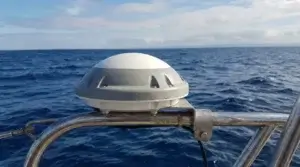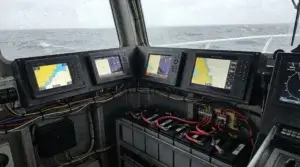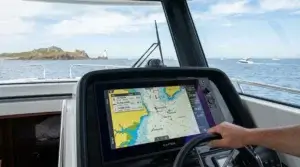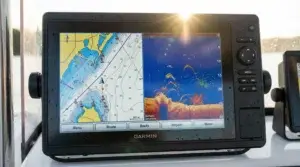Sailing can be a blend of peace and adventure, but it’s important to remember that it comes with its share of risks. From sudden weather changes to unforeseen obstacles in the water, understanding and preparing for these challenges is crucial. Safety equipment plays a vital role here. It’s designed to mitigate risks and enhance your awareness, allowing you to enjoy the sea with peace of mind.
Safety gear isn’t just about having tools on hand; it’s about boosting your ability to respond effectively to emergencies. For instance, a well-prepared sailor will know that life jackets aren’t only a legal requirement on most waters but also a life-saving necessity that enhances visibility in emergencies.
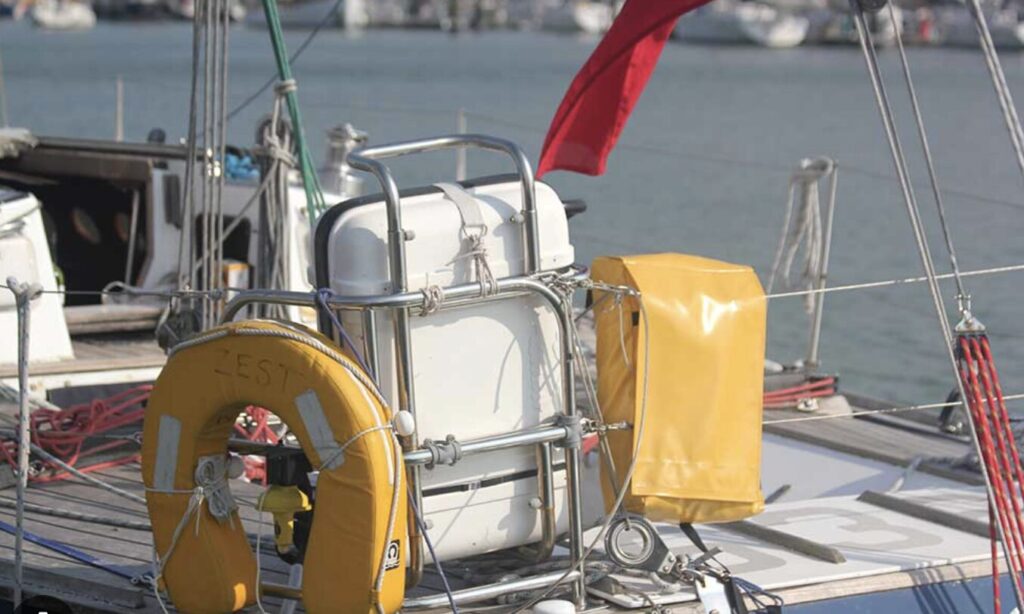
Statistics back this up, showing a significant reduction in accidents when safety equipment is properly used. A 2022 report highlighted that over 80% of drownings could have been prevented with a life jacket. That’s just the tip of the iceberg when it comes to how the right gear can make all the difference. As you get ready for your nautical adventures, prioritizing safety gear should be at the top of your list.
Personal Safety: Gear That Keeps Individuals Secure
Life jackets should be your number one priority when stepping aboard. Whether you’re a seasoned sailor or a weekend enthusiast, these aren’t just about compliance. They’re about ensuring everyone, regardless of swimming ability, can float safely in the event of an accident. You’ll find different types designed for varying water conditions and sizes to fit everyone from toddlers to burly adults.
Harnesses and tether systems come into play when you’re dealing with challenging weather conditions. These ensure you’re securely attached to the boat, minimizing the risk of going overboard. Particularly in rough seas, having a reliable harness system can make a huge difference. Make sure the system you choose offers adjustable fittings for comfort and security.
Personal locator beacons (PLBs) are small but mighty. In an emergency, activating a PLB sends your location to rescuers via satellite. Having one within easy reach can expedite rescue operations significantly. They’re especially vital if you venture further offshore, where mobile signals can falter. PLBs aren’t a substitute for proper planning but an additional safety net that can save lives.
Vessel Protection: Equipment Ensuring the Boat’s Security
Fire extinguishers are essential aboard any vessel. Whether it’s an electrical fault in the engine room or a cooking mishap in the galley, having the right type of fire extinguisher at the ready can prevent a minor incident from becoming a major disaster. Make sure your extinguishers are easily accessible and regularly checked for expiry dates.
Bilge pumps might not be as obvious as other safety gear, yet they play a significant role in keeping your boat afloat by removing unwanted water. Regular maintenance checks will ensure these pumps function correctly when you need them most, especially after navigating through rough seas or heavy rain.
A well-stocked first aid kit goes beyond just treating common seasickness; it prepares you for dealing with cuts, sprains, and other minor injuries while out on the water. Check that it includes bandages, antiseptics, pain relief medication, and necessary treatments for any known allergies or medical conditions for crew members.
Each piece of safety equipment aims to protect both you and your vessel. While it’s reassuring to have these tools aboard, keeping them in optimal condition and within easy reach ensures you’re ready for anything the sea throws your way. Remember, it’s always better to have them and not need them than the reverse.
Communication and Navigation Safety: Staying Alert and Informed
VHF radios are crucial for effective communication. In any maritime emergency, a reliable VHF radio becomes your direct link to the coast guard and nearby vessels. This isn’t just about having the equipment; understanding how to use it effectively can make all the difference in crucial moments. Regularly check your radio’s functionality and ensure it’s always charged and within reach.
Radar reflectors and AIS systems enhance your boat’s visibility to other vessels. Especially in areas with heavy maritime traffic or during low visibility conditions, these tools help other boats spot you easily, reducing the risk of collisions. Familiarize yourself with how to interpret data from your AIS to make informed navigational decisions.
Modern navigation gadgets, like GPS devices and digital maps, integrate technology to assist in plotting courses and avoiding hazards. While traditional charts are invaluable, having electronic backups ensures you can adjust your course swiftly in response to changes in weather or unexpected obstacles.
A prepared sailor combines traditional skills with modern technology to stay safe. Equipping your vessel with the best communication and navigation gear ensures that you’re not just traversing the waters but doing so confidently and safely. These tools, when used effectively, are your reliable partners on the open sea.
